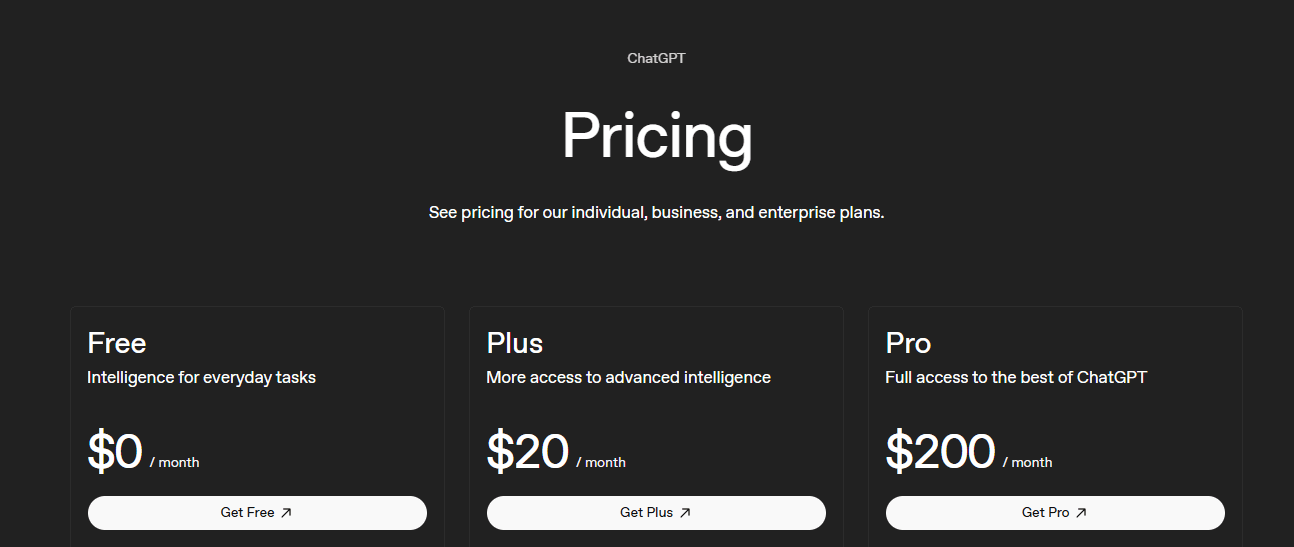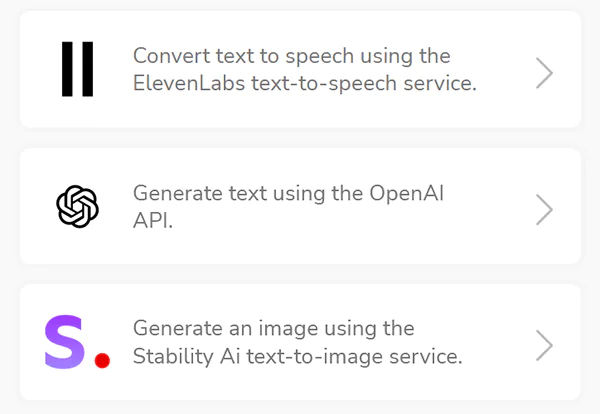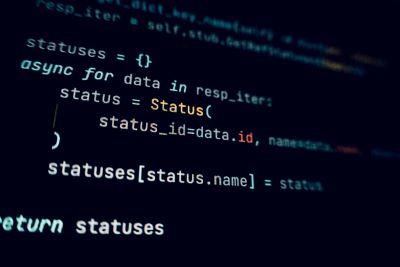The “creator economy” has fundamentally shifted into a “content manufacturing” economy. The most successful channels are no longer relying on manual effort; they are leveraging a sophisticated stack of AI tools for YouTube automation to produce broadcast-quality video at a fraction of the traditional cost.
The data backs this up: a recent 2025 report from Digiday found that 83% of creators now use AI in some part of their workflow, with over half of them specifically using it for video production to increase output without increasing burnout.
The winning strategy today is not to “edit faster,” but to stop editing manually altogether. By treating your channel like an assembly line — where specialized AI tools create the script, voice, visuals, and music, and an automation engine puts it all together — you can scale from one video a week to one video a day.
Below is the definitive “Best-in-Class” stack for automating every stage of YouTube content production.
How We Ranked These Tools
To ensure this list is actually useful for automation (and not just a list of cool toys), we evaluated every tool against four specific criteria:
- API & Integration: Can the tool talk to other software? True automation requires tools that can connect (e.g., via Zapier or API) rather than requiring manual download/upload.
- Scalability: Can the tool handle 100 videos as easily as one? We prioritized tools that don’t crash or slow down under high volume.
- Commercial Rights: Does the tool give you ownership? YouTube’s copyright system is strict; we only selected tools that offer clear commercial use licenses.
- Quality Control: Does the output need heavy editing? The best tools produce “ready-to-post” assets that don’t require hours of human cleanup.
TL;DR – The Best AI Automation Tools
A quick reference guide to the best tools for every stage of the pipeline.
| Category | Tool | Best For | Why It Wins | Pricing Model | Free Tier? |
|---|---|---|---|---|---|
| Ideation | ChatGPT | Scripting & Strategy | Writes structured scripts and formats data (JSON) for code. | Subscription ($20/mo) | Yes (GPT-4o mini) |
| Research | vidIQ | SEO & Topics | Built directly on real-time YouTube search data. | Freemium / Subscription | Yes (Basic) |
| Voice | ElevenLabs | Narration | Indistinguishable from human speech patterns. | Credits (starts at $5/mo) | Yes (10k chars) |
| Images | Midjourney | Thumbnails | Superior artistic quality (v6) vs. generic AI art. | Subscription ($10/mo+) | No |
| Video B-Roll | Runway | Video Generation | Physics-accurate motion and consistency. | Credits (starts at $12/mo) | Yes (Limited) |
| Music | Suno | Background Audio | Generates full, structured songs (not just loops). | Subscription ($10/mo) | Yes (Non-commercial) |
| Avatars | Synthesia | Presenters | Most natural lip-syncing and micro-expressions. | Per-minute ($29/mo+) | No (Demo only) |
| Scale | Shotstack | Full Automation | The only tool that automates the assembly via code. | Usage-based ($0.20/min) | Yes (Sandbox) |
If you’re looking for a step-by-step YouTube automation with AI guide, we also got you covered.
1. ChatGPT – Ideation & Scriptwriting
Best For:
Brainstorming ideas, writing scripts, and formatting data for automation.
Every automated video starts with a structured text input. ChatGPT (running on GPT-4o) acts as the “Creative Director” of your pipeline. It solves the blank page problem instantly, turning vague concepts into actionable scripts.
Why it’s essential:
- Structured Data: You can ask ChatGPT to output scripts in code-friendly formats (like JSON or CSV), separating the “Voiceover” text from the “Visual” prompts. This is critical for passing data into automation tools later.
- Infinite Hooks: Generate 50 variations of a video hook in seconds and choose the one most likely to stop the scroll.
Pro Tip:
Don’t just ask for a script. Ask for a “table with three columns: Voiceover, Visual Scene Description, and Estimated Duration.” This forces the AI to visualize the video for you.
Pricing:

Free for basic use (GPT-4o mini). The Plus plan ($20/mo) is recommended for heavy usage and access to the smartest models.
2. vidIQ – Strategic Research & SEO
Best For:
Validating topics and optimizing metadata.
Automation is useless if you are making videos nobody wants to watch. vidIQ uses AI to analyze YouTube’s algorithm, helping you identify high-demand, low-competition topics before you generate a single asset.
Why it’s essential:
- AI Title Generator: Predicts which titles will drive the highest Click-Through Rate (CTR) based on historical performance data.
- Daily Ideas: Uses AI to scan your niche and suggest “Rising” topics that are about to trend, ensuring you catch the wave early.
Pricing:
Free Basic plan allows for limited competitor tracking. The Boost plan (currently $16.58/mo) unlocks the AI title and description generators.
3. ElevenLabs – AI Voice Generation
Best For:
Ultra-realistic, human-like narration.
Bad audio ruins retention faster than bad visuals. ElevenLabs has effectively solved the “robot voice” problem. It offers speech synthesis that captures breath, intonation, and emotion, making it indistinguishable from a professional voice actor.
Why it’s essential:
- Voice Cloning: You can clone your own voice (or a brand voice) to narrate content without ever recording audio manually.
- Emotional Range: Direct the AI to speak with “excitement,” “whispers,” or “authority” to match the mood of your script.
Pro Tip:
Use their “Speech-to-Speech” feature. Record yourself reading the script poorly on your phone, and the AI will restate it using a professional voice while keeping your exact pacing and intonation.
Pricing:
Free tier includes 10,000 characters (~10 min of audio) per month with attribution. Paid plans start at $5/mo for commercial rights and instant voice cloning.
4. Midjourney – Custom Thumbnails & Imagery
Best For:
High-CTR thumbnails and channel art.
In the world of YouTube automation, your thumbnail is your billboard. Midjourney creates stylized, hyper-creative images that are impossible to replicate with stock photography.
Why it’s essential:
- Impossible Visuals: Generate eye-catching concepts that don’t exist in reality (e.g., “A cinematic robot sitting in a glowing server room”) to grab attention in the sidebar.
- Consistent Branding: Train the AI on a specific art style (e.g., “3D Pixar style” or “Dark Cyberpunk”) so every video on your channel looks cohesive.
Pricing:
No free tier. Plans start at $10/mo (Basic), which is enough for ~200 images. The $30/mo Standard plan allows unlimited “relaxed” generations.
5. Runway (Gen-3 Alpha) – AI Video Generation
Best For:
Creating custom B-roll and video clips.
Finding the right stock footage is expensive and time-consuming. Runway allows you to generate video simply by typing what you want to see, effectively giving you a camera that can shoot anything, anywhere.
Why it’s essential:
- Text-to-Video: Type “Drone shot of a futuristic farm at sunset” and generate a unique, copyright-free clip in seconds.
- Image-to-Video: Take your static Midjourney images and animate them (e.g., making clouds move or water flow) to create dynamic video backgrounds.
Pricing:
Free tier gives 125 one-time credits. Paid plans start at $15/mo (Standard) for 625 credits/month and watermark-free exports.
6. Suno – AI Music Generation
Best For:
Copyright-free, custom background scores.
YouTube’s copyright system is notoriously strict. Instead of paying for generic stock music libraries, Suno generates full, original tracks tailored to the exact length and mood of your video.
Why it’s essential:
- Precision Moods: Ask for “Lo-fi hip hop mixed with 80s synthwave, uptempo, 3 minutes long” to get a track that fits your edit perfectly.
- Ownership: On commercial plans, you own the rights to the music you generate, insulating your automated channel from copyright strikes.
Pricing:
Free tier (50 credits/day) allows non-commercial use only. For monetization, you need the Pro Plan ($10/mo), which grants commercial ownership.
7. Synthesia – AI Avatars
Best For:
Adding a “human face” without a camera.
For news, education, or corporate content, viewers often trust a human face more than a faceless voiceover. Synthesia provides photorealistic AI avatars that lip-sync to your script perfectly.
Why it’s essential:
- No Studio Needed: Eliminate the cost of cameras, lighting, microphones, and actors.
- Scale: Your AI avatar is available 24/7 and can record 50 videos in the time it takes a human to record one.
Pricing:
The Starter plan is $29/mo for 10 minutes of video. While expensive for high volume, it is significantly cheaper than hiring a human actor.
8. Shotstack – The Video Automation Engine
Best For:
Developers and businesses building scalable video workflows.
The tools above create the ingredients (script, voice, visuals). Shotstack is the factory that assembles them.
Unlike manual editors where you drag and drop files on a timeline, Shotstack is a cloud-based video editing API. It allows you to build “set-and-forget” workflows that generate thousands of videos programmatically.
The “Scale” Problem:
- The Manual Way: You generate an image in Midjourney, download it. You generate audio in ElevenLabs, download it. You open an editor, drag them in, sync them, and render. This takes ~1-2 hours per video.
- The Shotstack Way: You write a script (code) that connects these APIs together. Data flows from ChatGPT → Shotstack.

Why it is the ultimate automation tool:
- Data-Driven Video: Generate 1,000 unique videos from a spreadsheet (e.g., personalized onboarding videos for every new customer, or real estate videos for 500 different listings).
- Zero Editing: The API handles cutting, trimming, transitioning, and rendering in the cloud.
- Infrastructure: Built to handle concurrent rendering, meaning you can produce an entire month’s worth of content in a single afternoon.
Pricing:
- Sandbox: Free to start building and testing.
- Production: Starts at $0.20 per rendered minute (Subscription) or $0.30 per minute (Pay-as-you-go). You only pay for the video you actually create.
In the era of AI automation, the goal isn’t just to create better content—it’s to build a better system. By combining asset generators like ElevenLabs and Midjourney with an assembly engine like Shotstack, you unlock the true potential of the creator economy.
Frequently asked questions
Can I monetize AI-generated videos on YouTube in 2025?
Yes, but with strict conditions. As of the July 2025 policy update, YouTube does not ban AI content, but they do ban “Inauthentic Content” (formerly “Repetitious Content”).
- Safe: Using AI to write a unique script, generate a custom voiceover, and assemble original scenes.
- Not Safe: Uploading 50 identical videos where only the background color changes, or using “spam” mass-generation tools that create low-quality slideshows.
- Rule of thumb: If the video provides unique value to a human viewer, it is monetizable. If it looks like spam, it isn’t.
What is the main difference between CapCut and Shotstack?
It comes down to Manual vs. Programmatic:
CapCut is a consumer tool. You must open the app, import files, and edit every video by hand. It is great for creative control on a single video.
Shotstack is a developer API. You write code to “build” videos automatically. It is designed for businesses that need to generate hundreds or thousands of videos (e.g., real estate listings, personalized marketing) without a human editor in the loop.
Can I use these tools to automate YouTube Shorts?
Absolutely. In fact, automation is often more effective for Shorts because the format is shorter and more template-friendly. Shotstack can be programmed to render vertical (9:16) videos just as easily as horizontal ones.
What is the biggest mistake beginners make with automation?
Zero Quality Control. The biggest trap is taking raw AI output—a hallucinated script or a glitchy video clip—and uploading it immediately. The most successful automated channels still use a human to “check” the work. Use AI to do the heavy lifting (90% of the work), but use your human judgment for the final 10% of polish.
Get started with Shotstack's video editing API in two steps:
- Sign up for free to get your API key.
- Send an API request to create your video:
curl --request POST 'https://api.shotstack.io/v1/render' \ --header 'x-api-key: YOUR_API_KEY' \ --data-raw '{ "timeline": { "tracks": [ { "clips": [ { "asset": { "type": "video", "src": "https://shotstack-assets.s3.amazonaws.com/footage/beach-overhead.mp4" }, "start": 0, "length": "auto" } ] } ] }, "output": { "format": "mp4", "size": { "width": 1280, "height": 720 } } }'


Experience Shotstack for yourself.
- Seamless integration
- Dependable high-volume scaling
- Blazing fast rendering
- Save thousands








